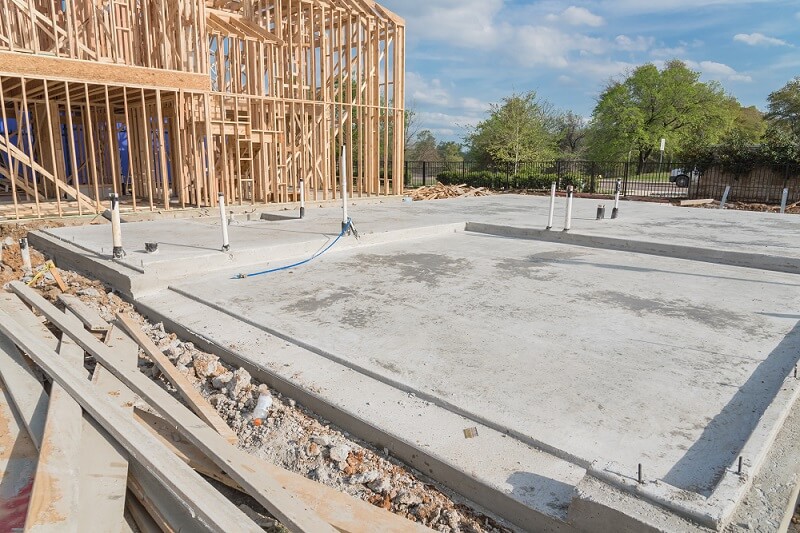In Australia, while many newer houses are built on concrete slabs, older houses are built on subfloors consisting of wooden or concrete stumps, over which floorboards are laid. Over time, wear and tear, soil movement and rot mean that the stumps are unable to support the floorboards, resulting in a ‘springiness’ underfoot, uneven floors, cracking in plasterwork, an inability to close doors and eventually, an inability to support what’s placed on the floorboards. House Restumping (or reblocking) involves jacking up the house, digging out the old stumps and inserting new ones.
What Is Stumping and Restumping?

No house can be built without a foundation. In Australia, the burying of “stumps” under the ground in a vertical manner is known to be a common practice. For example, a post could be buried 1 meter below the ground or made to stand 1 meter above the ground. In any case, the stumps are 2 meters apart. Usually, the stump is placed on top of a plate at the bottom. This plate can made from anything to a slab of wood, rock or even concrete. The stumps will inevitably deteriorate over time and later sink into the ground. If there are certain cases like persistent water leakage and seepage, pest or moisture causing the base of the house to become unsteady, and also rotting and cracks on the walls and ceilings, then your house needs proper renovation, especially restumping in all its forms.
Why Does Your House Need Restumping?
If your house starts showing up cracks in the ceiling, walls or floors, if your doors and windows do not close properly or make sounds when you walk, if every day a new leakage problem shows up from different corners of your house and in spite of amending it every time, you just can’t stop it from leaking, then your house need restumping. House restumping is also needed when you are planning to have a major renovation and you do not want any faults to come in between. Also, restumping is required when there is a close enjambment of your doors and windows and your home foundation decays to a large extent.
Choosing A Contractor For House Restumping

This is the crucial part and you possibly don’t want to make any mistake while choosing a stumper for your house. Needless to say that you need to find someone who excels in his work and is well experienced. Look for a contractor who has done some great job in stumping the house in the past. Ask him if you could contact his previous customers just to make sure that you choose the right one, if he denies, then just don’t go for that contractor. Look what kind of equipment he uses, whether they are outdated or the materials he is going to use for stamping is old or new. Ask everything you want to know about the house restumping like – will there be any kind of internal damage to your house after stumping is done? Every stump needs to be replaced or just the one which is creating damage?
Never settle down for less when it comes to your house restumping. It is obvious that no one has this much of time and money to spend yearly on restumping. Moreover, this would only be a sign that your house is becoming weak day by day and any amendment is not worth it. You need to hire professional restumping experts who have years of experience and who look to the specific zones of your house, that need restumping. If they do not have any obligation quotes and advice and if they fulfill your budget, you can compare and contrast two or more restumping services and then choose one.







